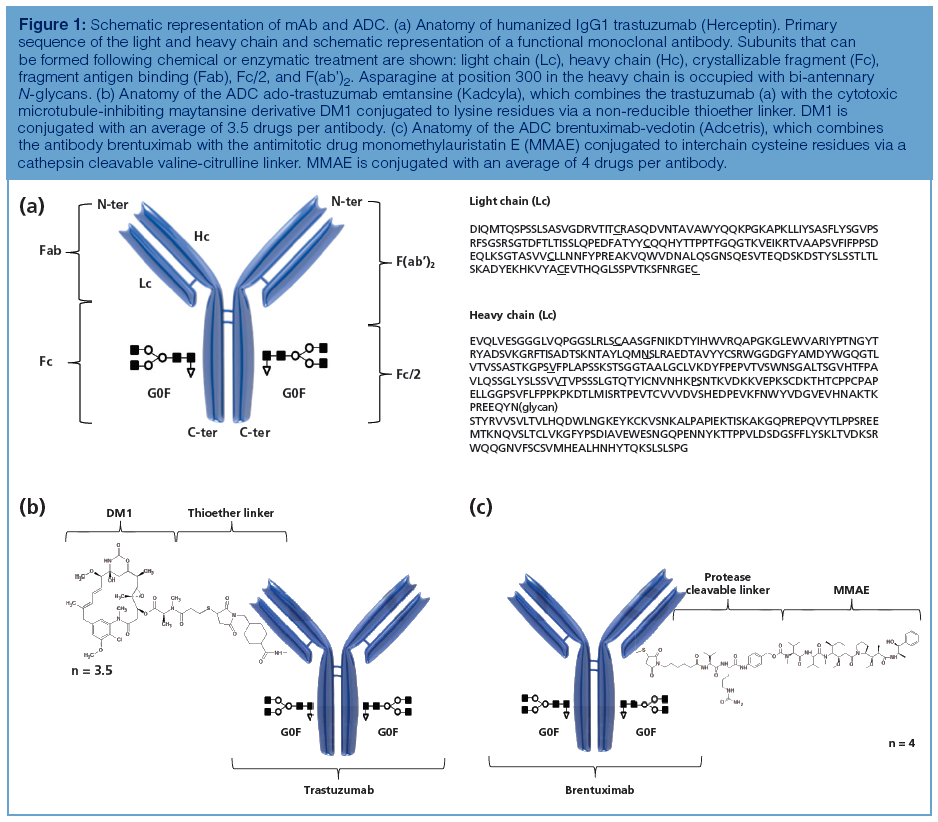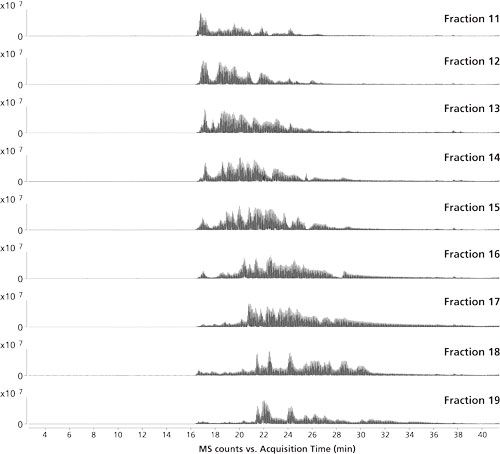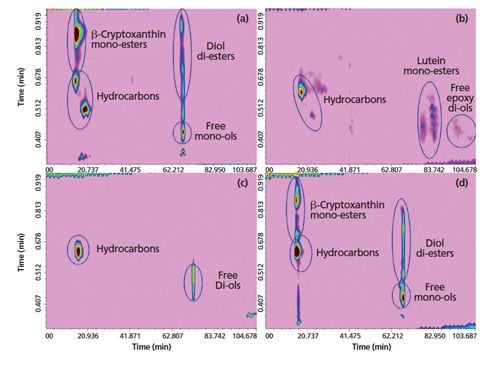
Multidimensional LC
Latest News


Carotenoids are a class of natural pigments, widely distributed in vegetables and fruits. A comprehensive LC×LC method, based on the use of a cyano and an octodecylsilica column, placed in the first and second dimension, respectively, was applied to evaluate carotenoid composition and stability in selected overripe fruits representing the waste generated by a local food market.
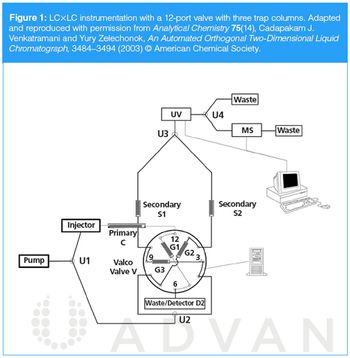
The interface between the two separation dimensions is a key element of any comprehensive two‑dimensional liquid chromatography (LC×LC) system. LC×LC has typically been implemented by using one or more switching valves, equipped with either sampling loops or trap column(s). Temperature manipulation is a relatively unexplored yet promising route towards non-valve-based LC×LC. The fairly recent emergence of thermal modulation has provided a less conventional method for performing LC×LC separations. This article illustrates the variety of commonly used modulators, paying specific attention to focusing modulators.

High-resolution mass spectrometry (MS) is not readily compatible with chromatographic techniques using high-salt mobile phases. This study presents the development and use of 2D-LC–MS via an on-line desalting step for the analysis of monoclonal antibodies and antibody–drug conjugates.

Here, I will attempt to convey a few basic but critical concepts when getting started in the development of a new LCxLC method.

Protein biopharmaceuticals have seen an enormous growth in the last decade, and as a result, separation scientists are giving increased attention to methods for characterizing biopharmaceuticals. One powerful technique for analyzing proteins is two-dimensional liquid chromatography (2D LC). Gerd Vanhoenacker of the Research Institute for Chromatography (RIC) in Kortrijk, Belgium, has been conducting research into peptide mapping of therapeutic monoclonal antibodies (mAbs) using 2D LC. He recently spoke to The Column about this work.
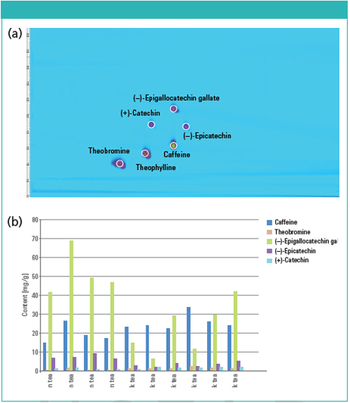
This application note discusses the comprehensive 2D‑LC analysis of green and black tea. The purine alkaloids caffeine and theobromine, as well as the catechins catechin, epicatechin, and epigallocatechin gallate, are quantified.

Comprehensive 2D-LC enables the analysis and quantification of purine alkaloids and catechins in green and black tea. As expected, green tea contained higher amounts of the catechins epigallocatechin gallate and epicatechin than black tea.

Analyzing Host Cell Proteins Using Off-Line Two-Dimensional Liquid Chromatography–Mass Spectrometry

In this video from LCGC TV, Luigi Mondello from the University of Messina in Italy reveals his views on the prospect of mass spectrometry eliminating the need for chromatographic separations in the future.

enable authentication of Si-Wu-Tang, a separate comprehensive 2D-LC analysis of each herb contained in Si-Wu-Tang was performed.

Estrogen can have a big effect on physiological processes in the human body, even when present at trace levels. In this video, Kevin Schug from the University of Texas at Arlington, USA, talks about the advantages of using restricted access media for the on-line sample preparation of biofluids in a “trap-and-elute” LC–MS arrangement, and the potential of this approach for other applications.

This application note demonstrates how comprehensive 2D-LC can be used to resolve the complex mixture of hydrophilic phenols found in virgin olive oil and investigates differences in the phenol composition of several olive oils.

In this new video from LCGC TV, Luigi Mondello from the University of Messinia, Italy, describes the fundamental principles of 2D GC, and explains the advantages over 1D GC.
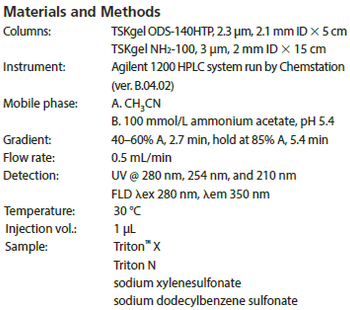


In this new video clip from LCGC TV, Dwight Stoll of Gustavus Adolphus College discusses the development of new carbon-based phases for 2D LC that are well characterized and understood.

Kelly Zhang from Genentech discusses the next steps needed for the use of 2D LC by the pharmaceutical industry.

This review illustrates the benefits of LC?C in food analysis and discusses the combination of LC modes used in the two dimensions, and the nature of the samples analyzed.

Click here to view the complete E-separation Solutions newsletter from September 18, 2014.

A novel system for fully automated comprehensive two-dimensional liquid chromatography is presented.


This application note demonstrates how comprehensive 2D-LC can be used to resolve the complex mixture of hydrophilic phenols found in virgin olive oil and investigates differences in the phenol composition of several olive oils.

What types of analyses does it make sense to invest the extra effort to develop a 2D LC method instead of a 1D method? Dwight Stoll explains.

The complexity of many food samples places a great demand in terms of both separation capabilities and specificity of detection. In this article, a novel system for fully automated comprehensive two-dimensional liquid chromatography (LC?LC) is discussed.
